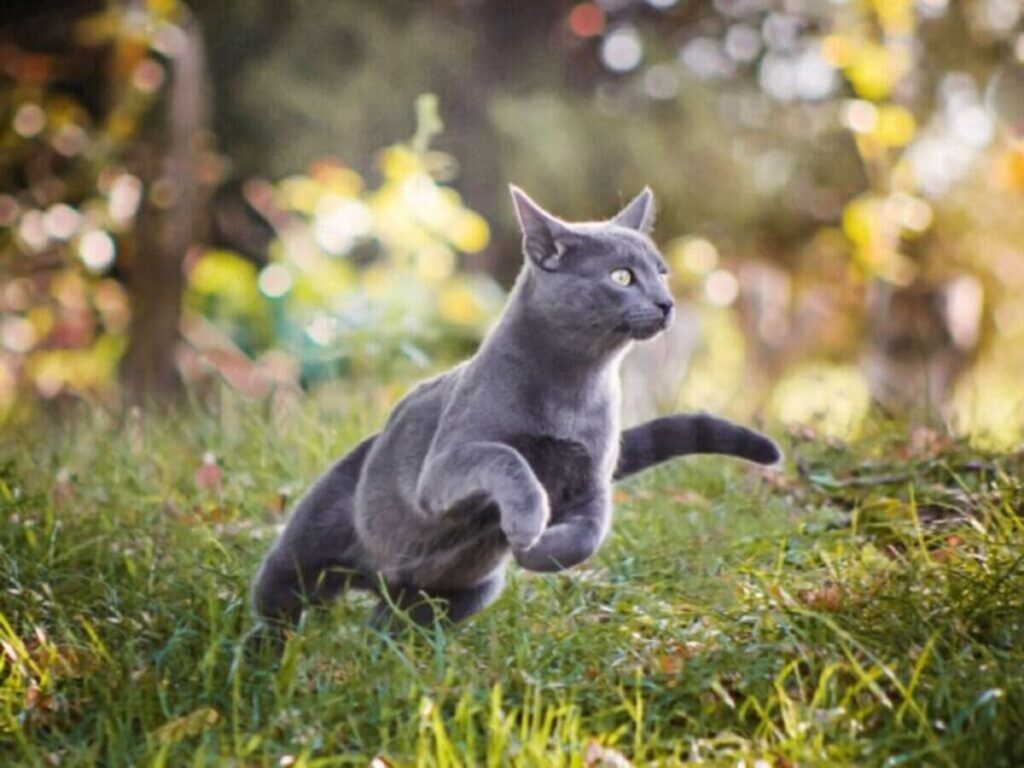If you’ve ever watched your cat dart out the door and disappear for hours—or even days—you’ve probably experienced that uneasy feeling in the pit of your stomach, wondering if they’ll find their way back. Cats may seem mysterious, but their urge to roam isn’t driven by malice or an attempt to escape you. Instead, a variety of instinctual and environmental factors can spur your furry friend to embark on an unexpected journey. Let’s dig into the reasons behind this behavior and how you can prevent it.
Fear Can Trigger a Feline Flight Response
Cats thrive on routine and comfort, but they’re also hyper-alert to their surroundings. Even small disruptions can send them into a panic. I remember when I moved into my first apartment and my cat, Luna, bolted under the couch for hours after hearing the neighbor’s dog bark. Dr. Manel Manzano, a veterinarian, explains, “Cats are naturally cautious and solitary creatures. Fear—whether from a loud noise, a new pet, or family stress—can push them to seek safety elsewhere.”
To minimize their anxiety, try creating a safe space for your cat. A quiet room with familiar items like their favorite bed or toys can help them feel secure during unsettling changes.
Nature’s Call: The Instinct to Roam

For unspayed or unneutered cats, the drive to find a mate can be overwhelming. Cats in heat will follow their instincts, often traveling far from home. I learned this the hard way when a friend’s cat went missing during breeding season, only to return three days later covered in leaves and looking utterly unapologetic.
Dr. Manzano recommends being especially vigilant during these times: “Keep windows and doors securely closed to prevent escapes and consider spaying or neutering your pet to reduce this behavior.”
Territorial Instincts: A Strong Pull to Familiar Spaces
Cats are deeply territorial animals. If you’ve ever moved house with a cat, you know how challenging the transition can be. Cats leave scent markers to claim their environment, and moving disrupts this attachment. In some cases, they may try to return to their old home, seeing it as their true domain.
During a relocation, gradually introduce your cat to their new space. Let them explore one room at a time, and offer plenty of positive reinforcement to help them adjust.
Stress During Adjustment Periods

Even after a move, it can take weeks or months for a cat to feel fully at ease in a new place. During this adjustment phase, their stress levels might peak, leading them to bolt. This happened when I introduced Luna to a new home office setup; she sulked for days before cautiously claiming the desk chair as her own. Cats need time to familiarize themselves with new environments, and it’s important to be patient.
Comfort Disruptions: When Familiarity Fades
Cats are creatures of habit. Something as small as moving their favorite blanket can unsettle them. Once, I swapped out Luna’s old, tattered pillow for a plush new one—big mistake. She ignored it entirely, choosing instead to curl up on the laundry pile. Dr. Manzano notes that maintaining familiar elements in your cat’s space helps them feel secure, reducing the chance they’ll seek comfort elsewhere.
When Basic Needs Aren’t Met
Sometimes, the reasons for a cat’s departure are simple: an unclean litter box, loud noises, or even a new household member who doesn’t understand their quirks. Cats need stability and a calm environment to thrive. Ensuring their basic needs are met can go a long way in keeping them happy and close to home.
Creating a Safe and Appealing Home
Understanding why cats leave home can help you take proactive steps to prevent it. Provide a safe, comforting environment tailored to your cat’s preferences. Pay attention to changes in their behavior, as it often hints at underlying issues. Whether it’s fear, instinct, or dissatisfaction with their surroundings, your cat relies on you to create a space that feels like home. With a little patience and care, you can keep your feline companion content and grounded.
Cats may be independent, but they’re also deeply connected to the environments we create for them—so let’s make those spaces as welcoming as possible!






